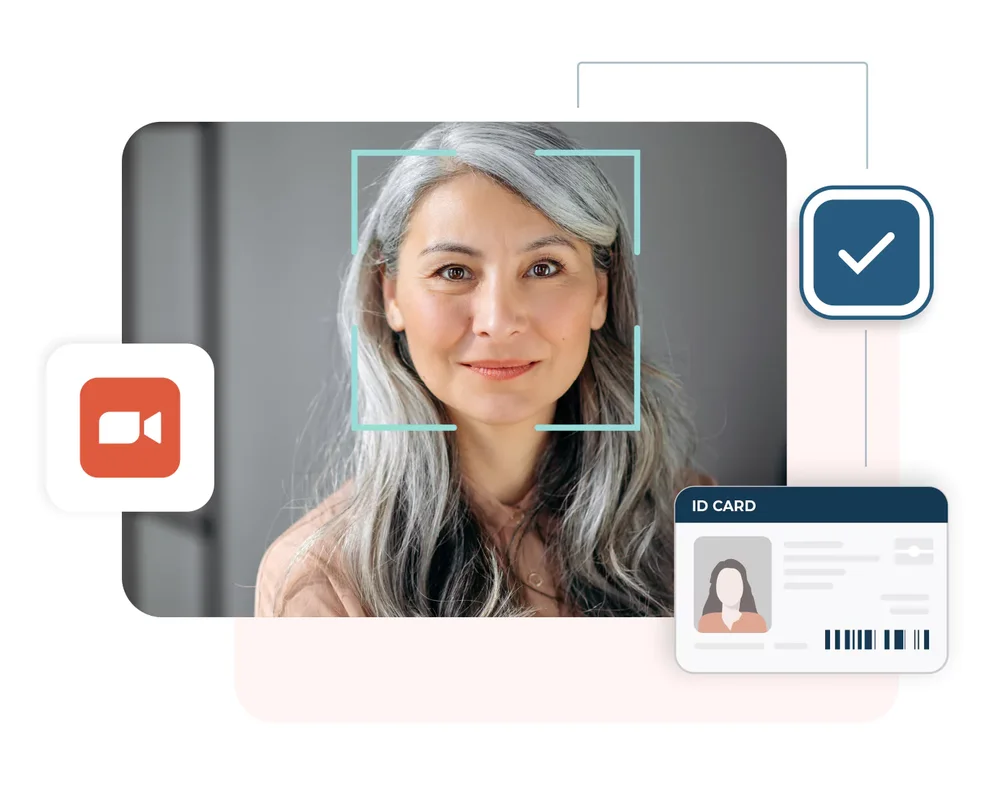Proxy test takers are someone who takes a test on behalf of someone else, with the goal of doing better than the original examinee. This is a critical threat to test security, integrity, and validity. In the increasingly digital world of education and professional certification, where tests are delivered at larger scale and often in environments where the proctor does not know the examinee, maintaining the integrity of exams is more critical than ever. This unethical practice undermines not only the fairness of the testing process but also the credibility of the qualifications awarded as a result. Which means that in the end, it hurts the organization and the test-taker themselves.
What Is a Proxy Test Taker?
A proxy test taker is someone who impersonates a legitimate candidate to sit for an exam. This can happen in-person or online. Sometimes, it is simply sending your cousin that somewhat looks like you. Often it is arranged through illicit services that advertise guaranteed test success, often for a significant fee. It can happen in any sort of exam where there are stakes in place, giving incentive to cheat if someone feels that it will increase their chances of “winning.” This could be admissions to university, professional certification or licensure, passing a course, or getting a job.

Proxy test taking happens when the imposter goes through the examination process. They might try to look like the examinee in terms of hair, clothes, etc. They then show up to the exam with the examinee’s identification, approval letter, or other admittance documentation. They get checked into the exam by the proctor if there is one, and then proceed to take the test. The proxy is perceived to have a higher probability of passing, for example if they are a tutor on a subject that the examinee knows little about. This could be a lack of skills, but is often because they are simply too lazy to study!
Proxy test taking is a form of fraud. The person who receives the score or credential hasn’t earned it, which creates a false representation of their knowledge, skills, or abilities. This not only gives them an unfair advantage but also compromises the integrity of the entire testing system. We assume that the professionals we deal with – from barbers to pilots to medical personnel – are qualified, and if proxy testing is pervasive then we can be certain some of them are not.
How to Prevent Proxy Test Taking
Preventing proxy test taking requires a combination of policy, technology, and vigilance. Here are seven effective ways to deter and prevent it.
Biometric Authentication: Using facial recognition, fingerprint scanning, or iris recognition ensures that the person taking the test is truly the person registered. This is especially useful in online and remote testing environments.
Live Online Proctoring: Proctoring services can monitor for suspicious behavior such as multiple people in the room, screen switching, or unusual activities that might indicate cheating or identity fraud. Live humans are stronger than AI, especially if AI only flags the videos after the fact.
In-Person Proctoring: For higher stakes exams, it makes sense to make the examinees come into a computer lab with a trained proctor. Sometimes this is just at a school or university, but sometimes it is a third-party company who specializes in secure exam delivery and has secure test centers around the world.
Secure Identity Verification: Requiring multiple forms of government-issued ID, two-factor authentication, and real-time photo comparisons helps confirm a test taker’s identity before and during the exam. You can also require approval letters or a profile in an online application system.
LOFT and CAT: These create unique versions of the test for each examinee. This makes it far more difficult to send a proxy who has memorized the test, which is the case where a test is a linear fixed-form.
Audit Trails and Analytics: Logging detailed test behavior (e.g., time spent per question, navigation patterns) can reveal anomalies that suggest the test taker is unfamiliar with the content or is using unauthorized assistance.
Strong Agreements: Your assessment program should have a strong non-disclosure agreement (NDA) and related legal agreements in place. For example, it can state that anyone caught participating in proxy testing can be prevented from taking the test again for a year.
Why It’s So Damaging
The use of proxy test takers seriously undermines the validity of the exam. Validity refers to the degree to which we can trust the interpretations of test scores. If someone else takes the exam, the score no longer reflects the candidate’s true knowledge or skill level. This means that passing the exam does not actually indicate competency, invalidating the very purpose of testing.
Beyond the exam itself, this malpractice degrades the value of the credential earned. If a certification, license, or degree can be obtained through fraud, its credibility suffers. Employers, schools, and licensing bodies begin to question whether credential holders truly meet the standards they’re supposed to represent. In turn, this diminishes the opportunities available to those who earned their qualifications honestly and damages the reputation of the issuing institution.
Moreover, in fields like healthcare, engineering, or law, where decisions can significantly impact lives, a fraudulent credential holder can pose a direct threat to public safety.
Final Thoughts
Proxy test taking is not just a form of cheating; it’s a serious breach of trust that has long-term consequences for institutions, industries, and individuals. Combating it requires a proactive approach that includes robust verification methods, smart use of technology, and clear policies that reinforce the importance of academic and professional integrity. The goal is to not just validate each individual, but protect the value of the credential or educational achievement itself.

Nathan Thompson earned his PhD in Psychometrics from the University of Minnesota, with a focus on computerized adaptive testing. His undergraduate degree was from Luther College with a triple major of Mathematics, Psychology, and Latin. He is primarily interested in the use of AI and software automation to augment and replace the work done by psychometricians, which has provided extensive experience in software design and programming. Dr. Thompson has published over 100 journal articles and conference presentations, but his favorite remains https://scholarworks.umass.edu/pare/vol16/iss1/1/ .

